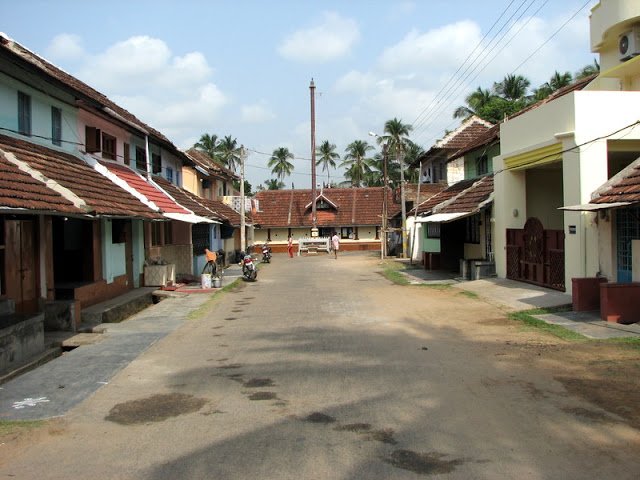ATTRACTIONS
Palakkad
The district of Palakkad known as the granary of Kerala is a land of valleys, hillocks, rivers, forests, mountain streams, dams and irrigation projects. Situated at the foot of the Western Ghats, this is the gateway to Kerala from the north. Palakkad derives its name from the Malayalam words pala (alsteria scholaris) and kadu (forest) which goes to prove that this place was once a beautiful stretch of forests covered with the sweet scented flowers of the pala tree.Palakkad is situated in an area of 4480 sq. km with an approximate population of 2,382,235.
Palakkad town is the district headquarters of the Palakkad district. It is situated on the Kerala-Tamil Nadu border. It covers a total area of 4,480 sq. kms. As it lies on the border, the combined influence of the cultures of both the states is hugely reflected in the local language, culture and lifestyle.
The best time to visit Palakkad is from September to February. Several ancient temples and grand festivals can be seen all over the district. The district has a long and rich cultural heritage. Since time immemorial, traditional fine arts have flourished in Palakkad. The great scholars of classical music like Chembai Sri Vaidyanatha Bhagavathar and Sri T.S. Mani Iyer are from this district.
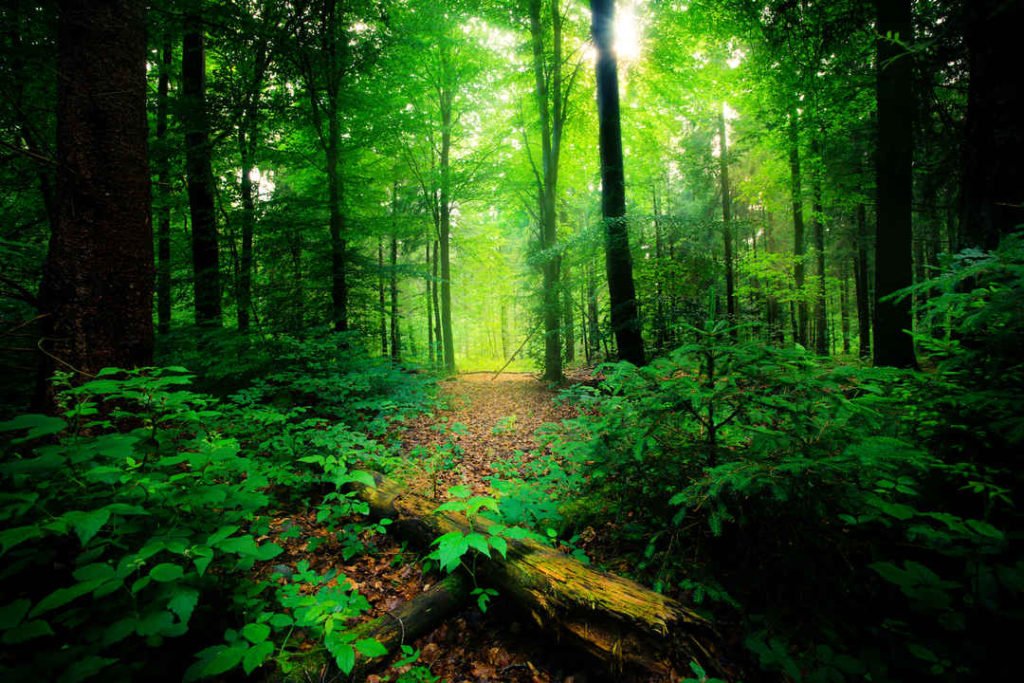
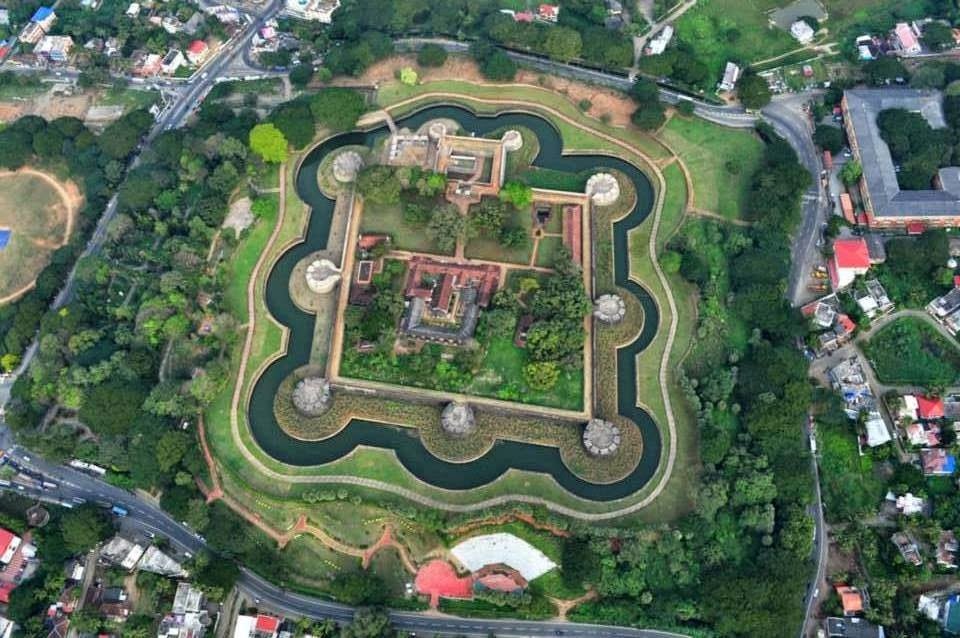
Nearby Hasco Business Hotel
Malampuzha Garden and Dam
Malampuzha Gardens, the only rock-cut gardens in South India made by Nek Chand, the renowned artist and winner of the prestigious Padmashree Award, is situated in Palakkad district. The entire garden is made from broken pieces of bangles, tiles, used plastic cans, tins and other waste materials. Also situated in the gardens is the massive Malampuzha Yakshi(female vampire) built in 1969 by Kanayi Kunhiraman, a greatly respected sculptor from the state. It is a spectacular relic of art that we are lucky to still have with us. The flowering beds, fountains and rose gardens along with an aerial ropeway make it a place that instantly soothes your soul.
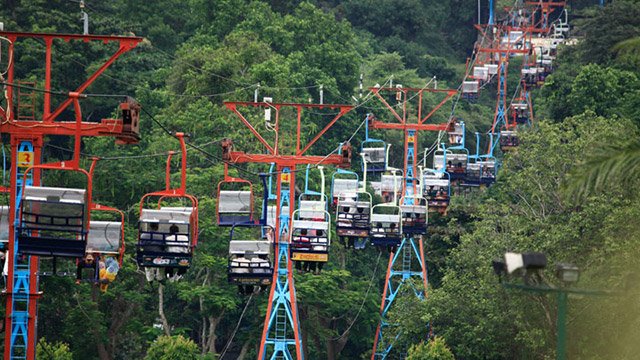

In the lower hills of the Western Ghats lies the beautiful Malampuzha township whose lush greenery and plethora of picnic spots make it a must visit spot in these areas. It has really good trekking trails that are available to all with a penchant for the same. Malampuzha Gardens and the Irrigation Dam tend to be the areas that attract the highest number of visitors. Apart from being perfect picnic spots, there is a host of interesting trivia surrounding the place that adds to its appeal.
PALAKKAD FORT
Tipu’s Fort, also known as (Palakkad Fort, is a beautifully maintained edifice in Palakkad which was an important military base in the past. Rebuilt by Hyder Ali in the 18th century, it was under the Mysore rulers until the British took control of the place. It would then be used for providing government services during this era.Named after Hyder’s son Tipu Sultan, it is an important historical destination today.
It is among the best preserved forts in South India. The thick laterite walls impress all who view it. People frequent the spot for relaxing walks and jogs. A large ground that lies between the Fort and the Palakkad town hall is an important location for public meetings and important functions. Today it is a protected monument under the Archaeological Survey of India. It is a preferred picnic spot for everyone visiting Palakkad.

Jainamedu Jain Temple
Situated on the western suburbs of Palakkad town, not far from the railway station, this historic 32 feet long, 20 feet wide granite temple displays images of the Jain Thirthankaras and Yakshinis. Located on the southern bank of the Kalapathy River, the region around the temple, known as Jainamedu or Jainimedu, is one of the few places in Kerala where the vestiges of Jainism have survived. Palakkad was once home to a community of 400 Jain families, but only a few families remain today. It is at a Jain house here that Malayalam poet Kumaranasan wrote his monumental poem Veenapoovu or The Fallen Flower.

Nelliyampathy Hills
From the town of Nenmara in Palakkad district, the cloud-caressed peaks of the majestic Nelliyampathy Hill ranges are a sight to behold. The height of the hills ranges from approximately 467 m to 1572 m and it has an extremely calming effect on all who view it. To reach Nelliyampathy, one has to take the road starting from Nenmara that proceeds to the Pothundy Dam. There are about 10 hairpin bends that have to be negotiated on the way to Nelliyampathy.
On the way up, those interested in bio farming can take a close look at the privately managed farms and also vast expanses of tea estates managed by different plantation companies. The hills of Nelliyampathy are also well known for its orange cultivation.

Silent Valley National Park
The eerie silence, emphasised by the missing Cicadas that gave Silent Valley its name, may make you feel and hear things you could never have imagined. A few centuries ago, before humans reached the Silent Valley, this reserve of tropical rainforests stood undisturbed and tranquil like a perfectly hidden diamond.
Located in the Northeast corner of Palakkad district, Silent Valley was named a National Park only in 1984. It was called ‘Sairandhrivanam’ as it was considered this was where Sairandhiri (the secret identity donned by Panchali, from the epic Mahabharata) hid along with her five husbands, the Pandavas, while escaping their cruel cousins, theKauravas. The Kunthippuzha River which feeds the entire forest was named after Kunthi, mother of the Pandavas. It is shielded by the Nilgiri Plateau to the North and the Mannarkkad Plains to the South. It constitutes the centrepiece of the Nilgiri Biosphere Reserve, an integral part of the Western Ghats, christened a World Heritage Site by UNESCO in 2012.

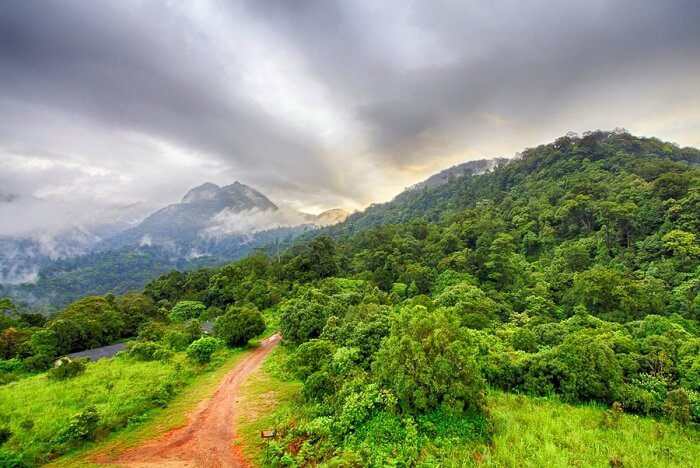
KALPATHY TEMPLE & VILLAGE
Situated on the banks of the Kalpathy River, and dedicated to Lord Shiva, the temple is believed to have been built in 1425 AD. The annual Ratholsavam or “Chariot Festival” held at this temple in November is a major event in Palakkad and attracts devotees from all corners. The Tamil Brahmin villages adjacent to the temple have been declared a World Heritage site. A visit to these villages offer a glimpse of the cultural life that existed 1000 years ago.
